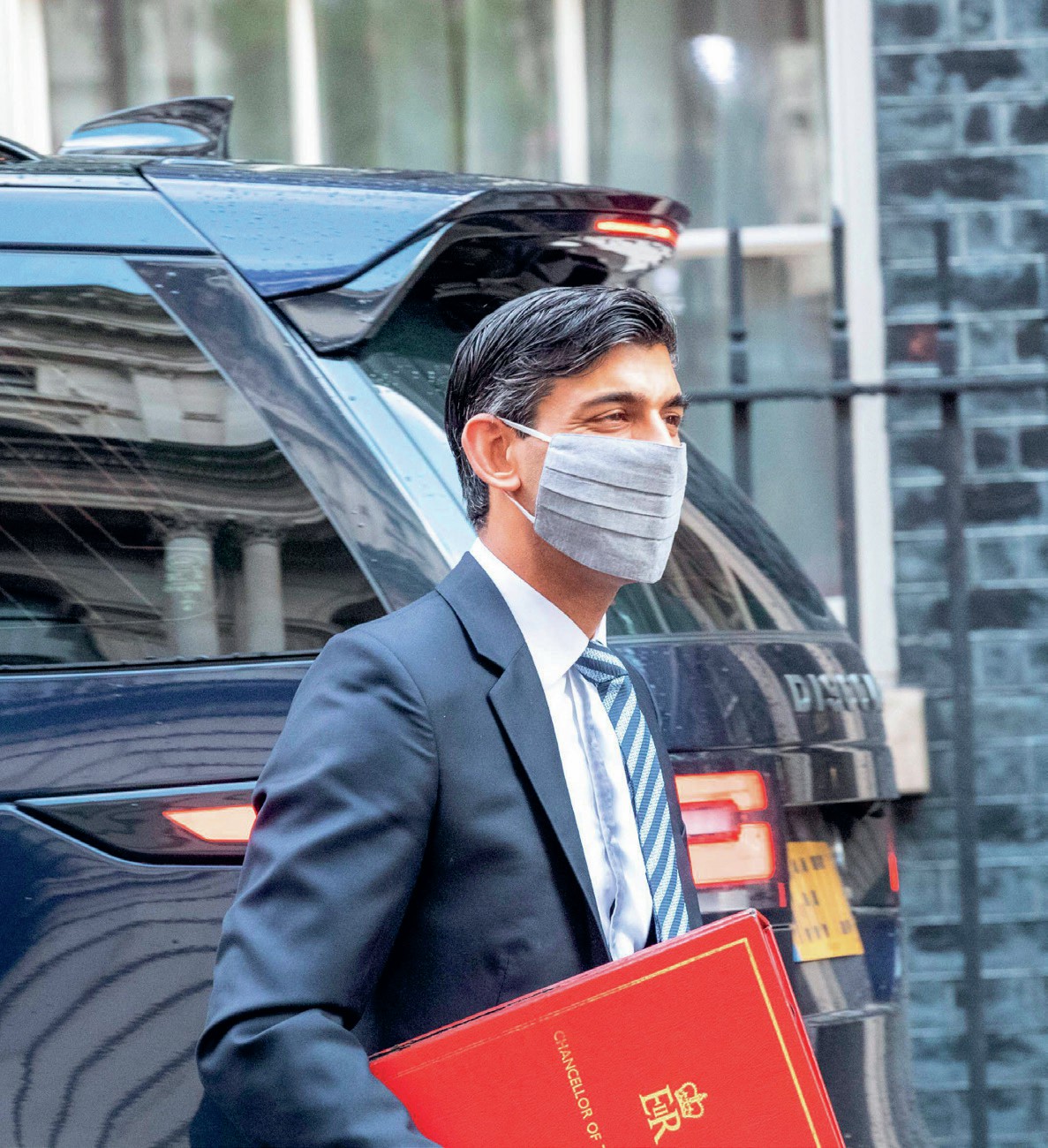
As lockdown measures were introduced in the UK in March 2020 in response to the growing threat of Covid-19, the government was quick to put in place the Coronavirus Job Retention Scheme — the so-called ‘furlough’ scheme — to protect firms and employees hit by the restrictions.
Under the furlough scheme, instead of firing workers, employers were able to keep their staff on payroll by placing them on furlough (temporary leave). Furloughed employees were not required to work, but received 80% of their usual pay up to £2,500, and this amount was paid for by the government. The intention was that under this scheme returning to work after lockdown would be as easy as possible, given that employees were not fired but rather placed on temporary leave.
Your organisation does not have access to this article.
Sign up today to give your students the edge they need to achieve their best grades with subject expertise
Subscribe




